We live in an increasingly globalized and competitive world, where industrial companies continually seek ways to optimize their processes and maximize efficiency. To achieve these goals, the implementation of a well-structured production plan is crucial. A production plan not only organizes and controls workflow but also plays a vital role in optimizing the supply chain.
In this article, we will explore in-depth what a production plan is, the benefits it brings, the steps to create one that meets the company's needs, the technological tools available to facilitate its creation and control, and the challenges we may encounter in its implementation.
What is a production plan?
A production plan is a document that details how resources, time, and activities necessary to transform raw materials into finished products will be managed. This plan includes production scheduling, inventory management, resource optimization, labor allocation, and the use of machinery and equipment involved in the production process. The main objectives of a production plan are:
- Maximize efficiency: Ensure that resources are used optimally to minimize waste and reduce costs.
- Ensure quality: Maintain quality standards in the final products to meet customer expectations.
- Meet delivery deadlines: Ensure that products are manufactured and delivered on time to satisfy customer demand.
- Adaptability: Be flexible to adjust to changes in demand or resource availability.
Importance of the production plan in the company
In today's industry, a production plan is essential for the coordination and efficient execution of all production activities. It allows companies to anticipate and manage potential problems before they become crises, ensuring an uninterrupted production flow. Additionally, it facilitates communication and collaboration between different departments, such as production, purchasing, sales, and logistics, which is essential to maintain operational efficiency.
Benefits of an efficient production plan
As we have seen, having a well-structured and appropriate production plan brings many advantages to companies. With a well-structured plan tailored to the company's capabilities and needs, various benefits can be achieved, such as cost reduction, better product quality, and higher customer satisfaction.
Cost reduction
One of the main benefits of an efficient production plan is cost reduction. By optimizing resource use and minimizing waste, companies can significantly reduce production costs. A well-structured production plan also helps identify and eliminate inefficiencies, resulting in direct savings.
Improvement in product quality
Implementing a production plan allows companies to maintain high-quality standards. By establishing clear and well-defined procedures, it ensures that each product is manufactured according to the required specifications. This not only improves customer satisfaction but also reduces costs associated with returns.
Increase in customer satisfaction
Drafting an effective production plan ensures that products are manufactured and delivered on time, meeting customer expectations. The ability to respond quickly to changes in demand and maintain a consistent level of quality strengthens customer trust in the company, which can result in increased brand loyalty and, therefore, repeat purchases.
Steps to create an optimal production plan
Next, we will review the key steps to follow to develop a production plan that meets the company's needs. The most important steps in designing a production plan are: analyzing demand, scheduling production processes, and managing the available resources effectively.
Demand analysis
The first step in creating an optimal production plan is to conduct a thorough demand analysis. This involves forecasting market needs and adjusting production capacity accordingly. Tools such as trend analysis, market studies, and historical sales data are fundamental for making accurate forecasts. An adequate demand analysis allows companies to plan production more efficiently, avoiding both overproduction and product shortages.
Production scheduling
Once demand has been analyzed, the next step is production scheduling. This involves detailed planning of when and how production activities will be carried out. Scheduling must consider factors such as the availability of raw materials, machinery capacity, and labor, as well as delivery times. Good production scheduling ensures a continuous and efficient workflow, reducing downtime and improving overall productivity.
Optimal resource management
Efficient management of resources and materials is crucial for the success of any production plan. This includes inventory management, logistics coordination, and optimization of machinery and equipment use. An effective resource management system helps ensure that there are always enough materials available for production, without incurring excesses that can generate additional costs. Additionally, it allows optimal utilization of equipment and labor, avoiding bottlenecks and improving overall process efficiency.
Tools and technologies for optimizing the production plan
To develop a good production plan, companies can leverage various tools that facilitate process automation and data collection and processing. Among these tools are production planning and scheduling software, automation and control systems, and software integrations with the company's ERP. By combining the advantages of these tools, the creation, implementation, and control of a production plan will be much easier.
Planning and scheduling software
Production planning software is a fundamental tool for companies seeking to optimize their operations. This type of software allows the automation of many tasks associated with production planning, such as manufacturing order scheduling, resource allocation, and inventory management. Additionally, it offers advanced analysis and prediction capabilities that can help companies make more informed decisions and quickly adapt to changes in demand or resource availability.
Automation and control systems
Automation systems can include industrial robots, automated transport systems, and process control technologies. These systems allow repetitive and complex tasks to be performed with greater precision and speed than manual work, reducing errors and improving the quality of the final product.
ERP integration
An ERP integrates all business functions into a single platform, facilitating communication and coordination between different departments. This allows for more efficient resource management, improves process visibility, and helps companies respond more quickly to market changes or production conditions.
Challenges and solutions in implementing a production plan
When implementing a production plan, companies may encounter different challenges that can hinder the process. However, these challenges can be addressed by applying the correct measures. Below are potential challenges that may arise and how to avoid them.
Common challenges
Implementing an efficient production plan is not without challenges. Some of the most common challenges include:
- Resistance to change: Employees may resist adopting new technologies or work methods.
- Lack of accurate data: The accuracy of demand analysis and production scheduling depends on the quality of available data.
- Integration problems: Integrating new planning systems with existing systems can be complicated and costly.
- Staff training: It is necessary to adequately train staff so they can effectively use new tools and technologies.
Strategies to overcome challenges
To overcome these challenges, companies can adopt various strategies:
- Change management: Implement change management programs to involve and motivate employees in the process of adopting new technologies.
- Improve data quality: Invest in data collection and analysis systems to ensure that the information used in planning is accurate and reliable.
- Integration planning: Conduct detailed planning of system integration to minimize problems and ensure a smooth transition.
- Continuous training: Offer continuous training programs to ensure that staff are always up to date with the latest tools and technologies.
Produce efficiently with an adequate production plan
A well-structured production plan not only allows for cost reduction and product quality improvement but also increases customer satisfaction and strengthens the company's competitiveness. Although implementing a production plan can present challenges, with the right strategies and the use of advanced technological tools, companies can overcome these obstacles and achieve more efficient and effective production.
At Imperia, we are experts in improving business productivity. Our solution provides a global view of the entire supply chain, allowing optimization of each part of the production process to gain efficiency and productivity. Additionally, with our production scheduling, we organize production processes intelligently to maximize companies' resources. Don't hesitate to request a free demo to learn about all the advantages of our software!
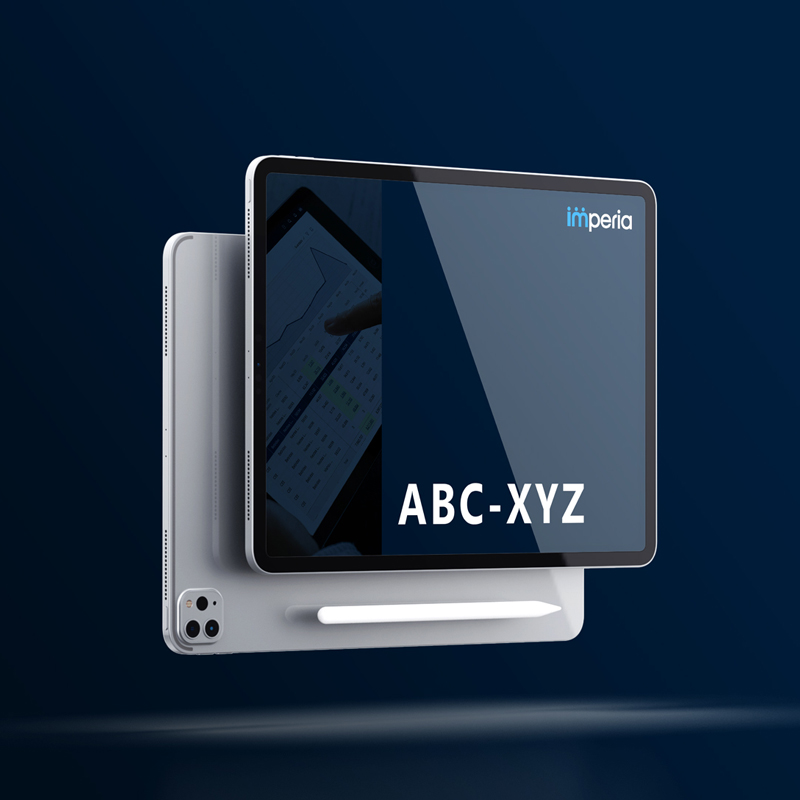
Enter your email and download the content
In supply chain management, identifying key elements that require special attention can make the difference between success and failure.


























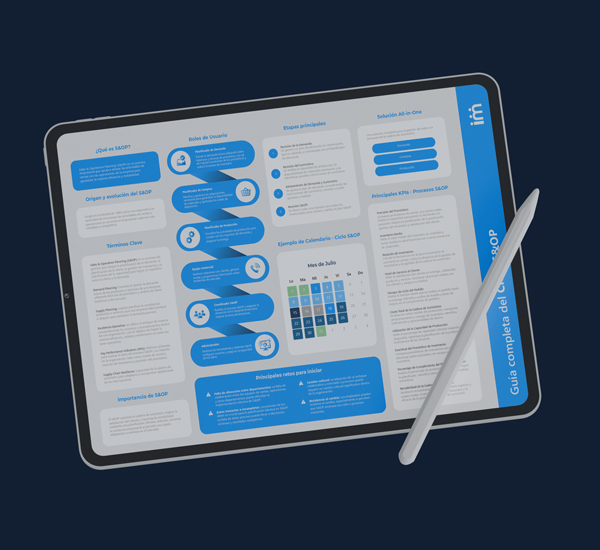









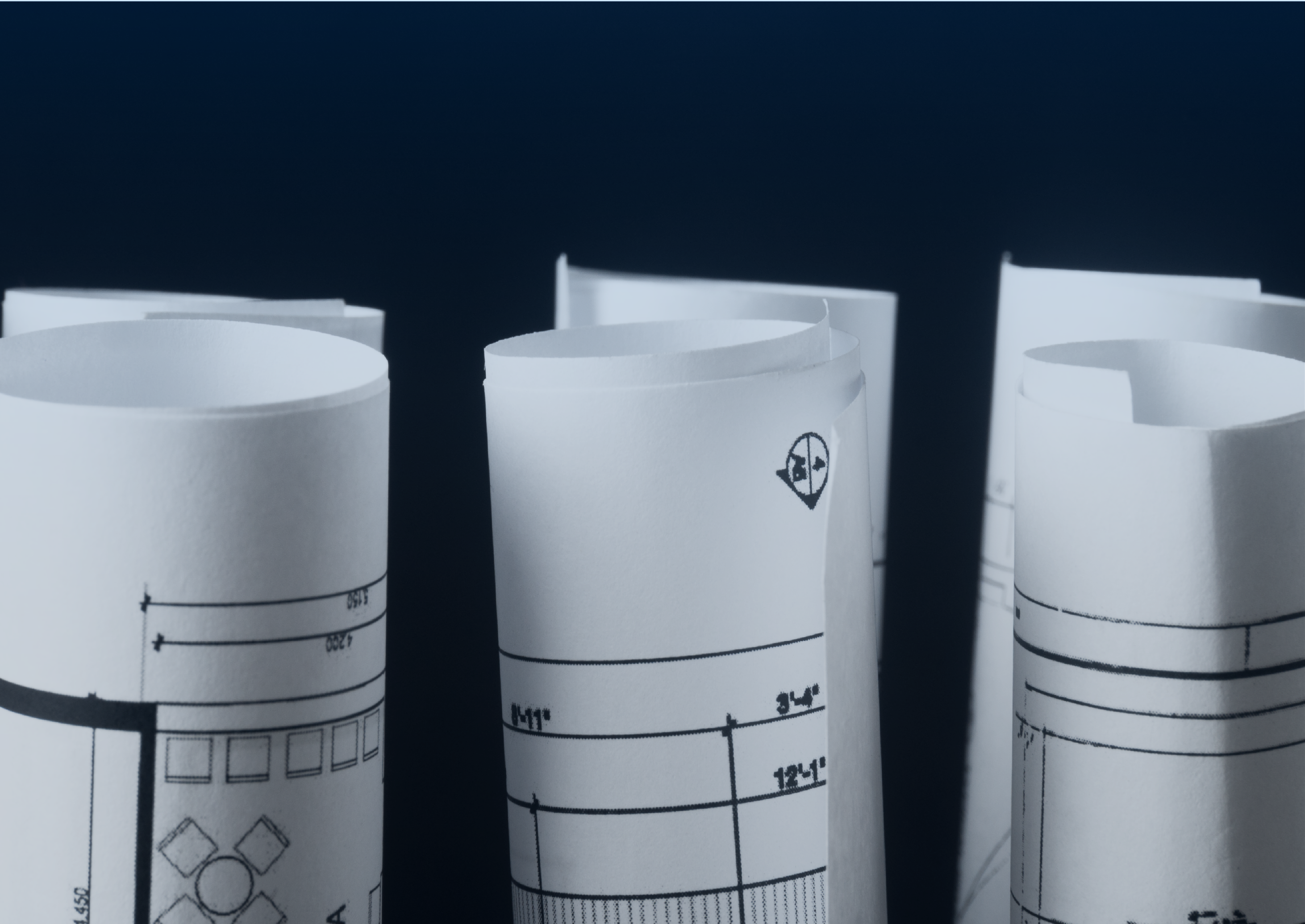




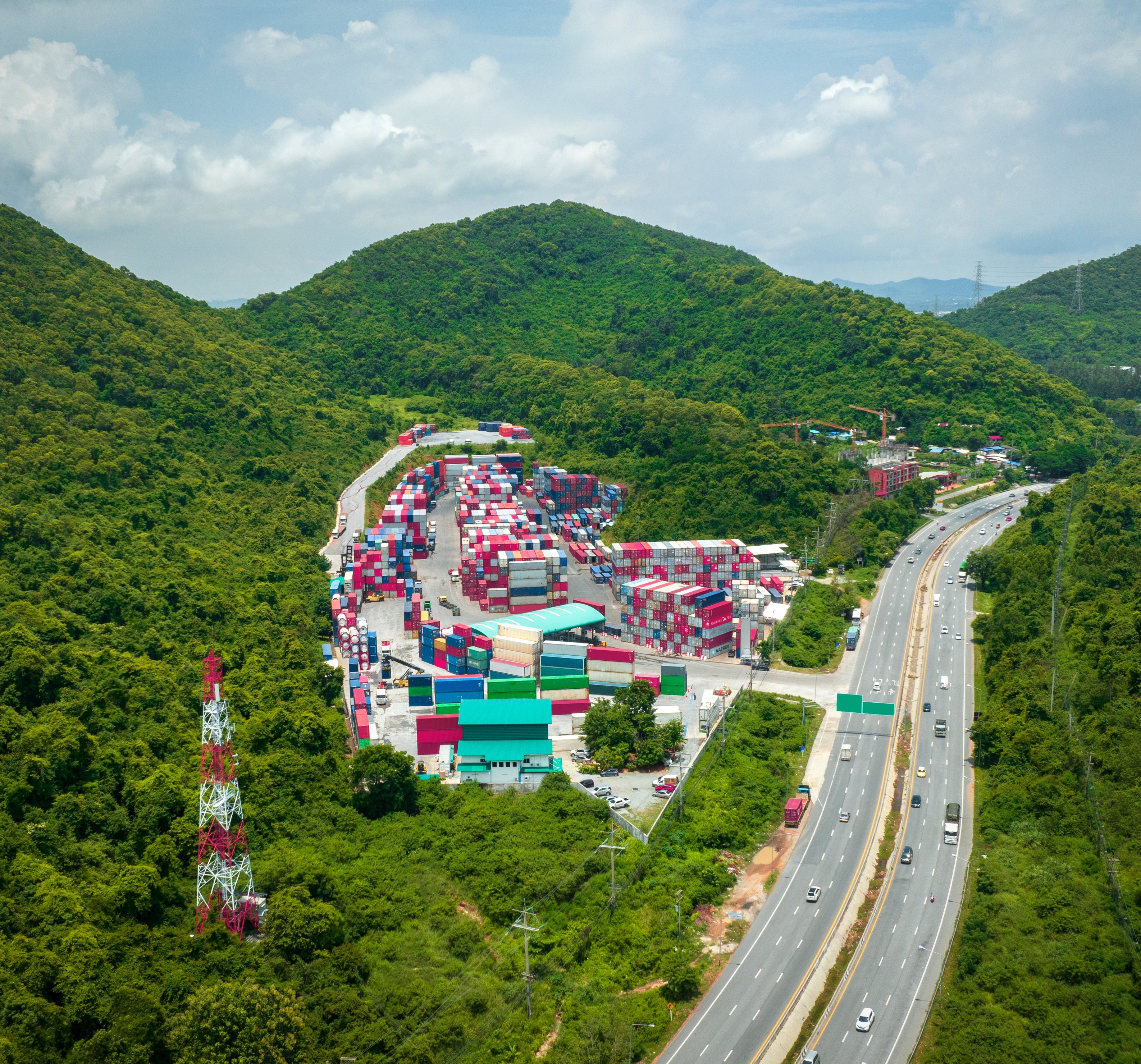



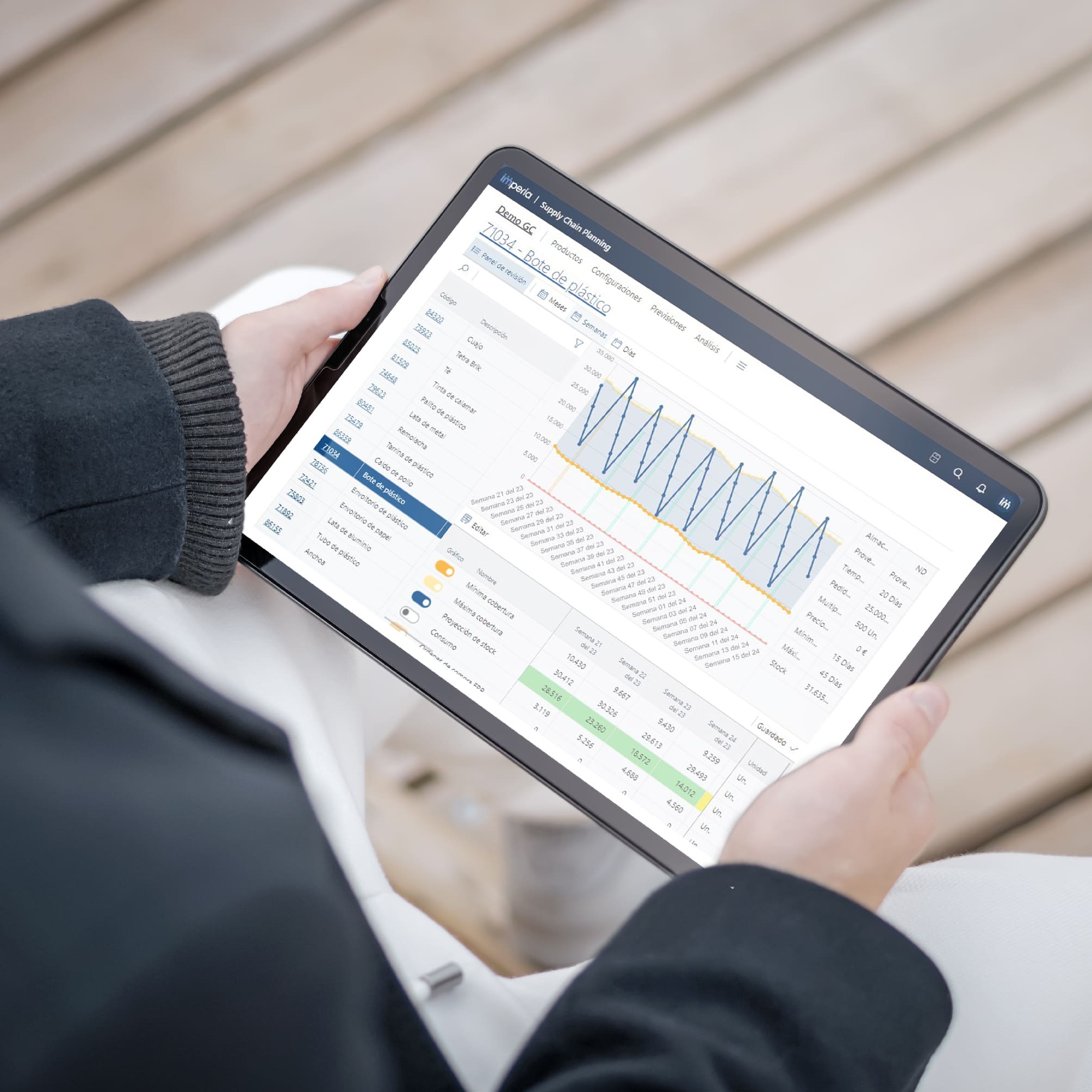









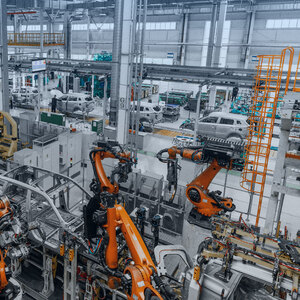





 Imperia_thumbnail.jpg)





















